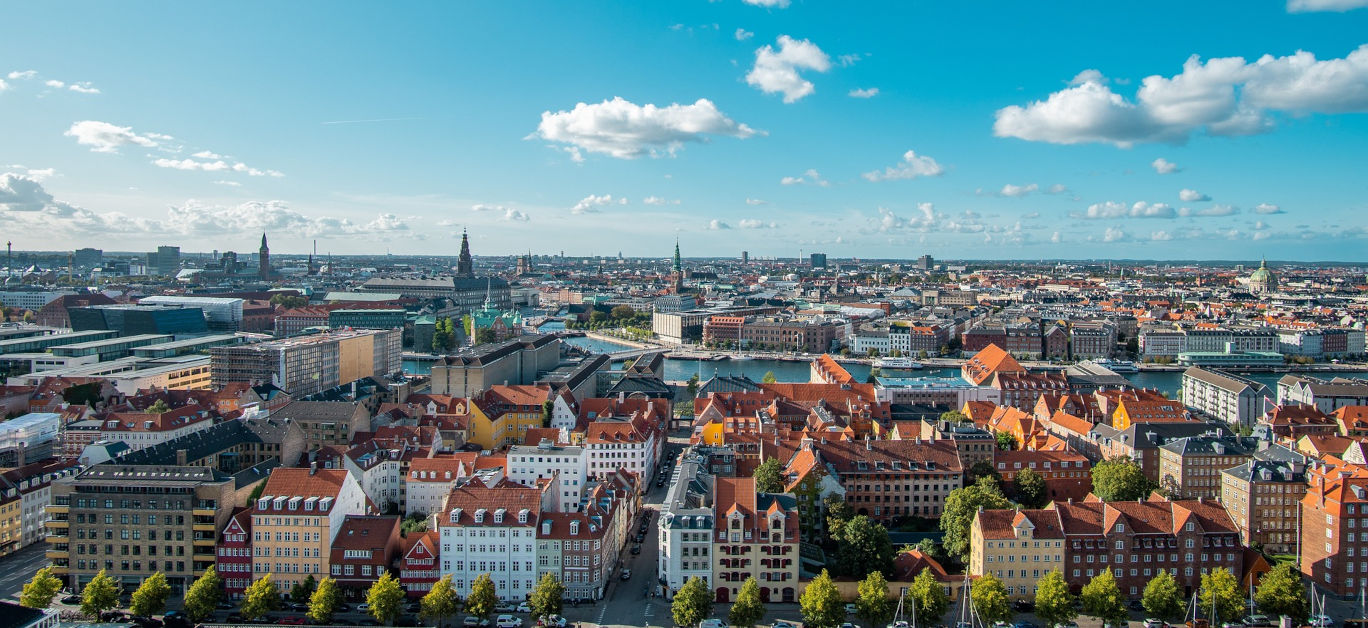Danny Kaye once sang ‘wonderful, wonderful Copenhagen, friendly old girl of a town’, and it sure is! The vast city, located on Sealand, the largest island in Denmark, offers visitors an intriguing glimpse into a colourful tapestry of history and culture.
In the 10th century, Copenhagen was a Viking fishing village and became the country’s capital in the 15th century. To learn more about the fearsome Vikings, I visited the fascinating Viking Ship Museum, located by the fjord in Roskilde; 35 kilometres from the city. The Viking Ship Hall features five spectacular Viking ships, which were discovered in 1962 at Skuldelev, 32 kilometres from where they are now displayed.
These magnificent vessels were excavated from the sea bed in thousands of pieces and reconstructed with spectacular results. Visitors are also welcome to view the collection of traditional Nordic wooden boats berthed at the Museum Harbour and, as I am a committed seafarer, I was simply mesmerised.
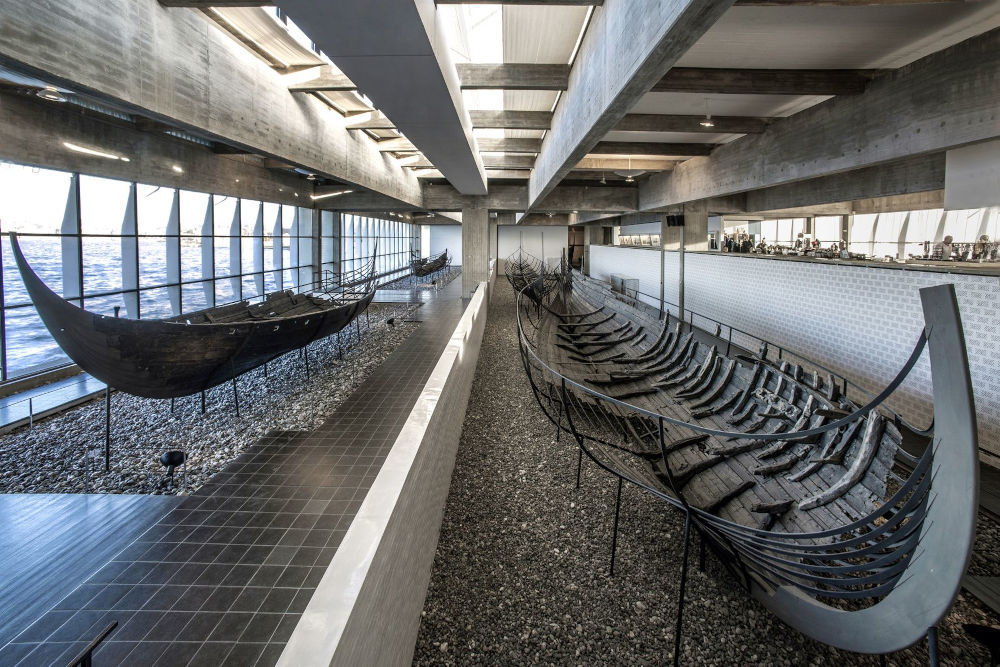
Copenhagen attracts millions of visitors keen to explore this wonderful city and its many attractions including Amalienborg. Built in the 1750s, the site is made up of four identical Danish Rococco style buildings: the palace of Christian VII, husband to Caroline Mathilde of Great Britain; the palace of Christian VIII; the palace of Frederik VIII, great, great grandfather of the reigning Danish monarch King Frederik X; and the palace of Christian IX, the first monarch of the House of Glücksburg.
Eager to know more, I made my way to the Amalienborg Museum, located within Christian VIII’s Palace, which displays a wide range of exhibits associated with the Danish monarchy dating back 150 years to Christian IX and Queen Louise. I decided to mingle with the crowds at 12 noon sharp and I watched the changing of the royal guard marching from their barracks through the streets towards Amalienborg.
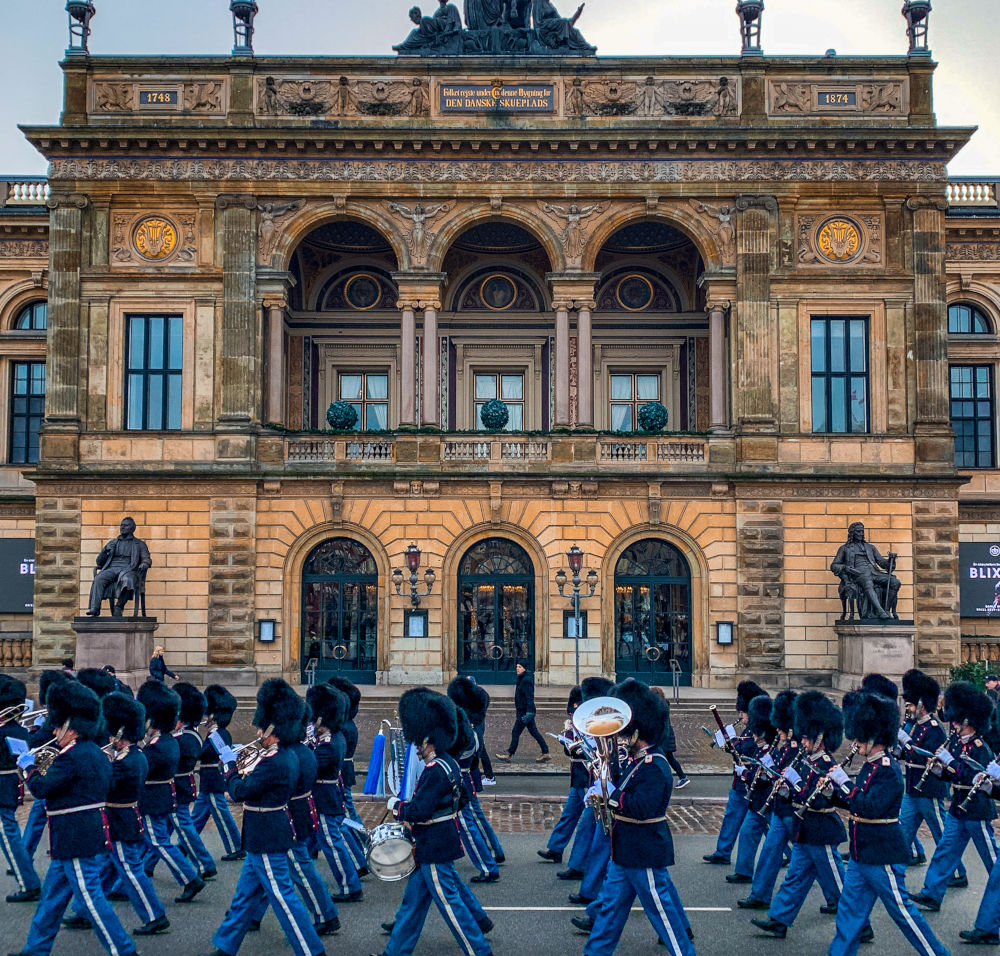
My next port of call was the National Museum, housed in the Prince’s Palace on Ny Vestergade. The Danish national treasures include archaeological finds from the Viking Age and the permanent displays include an extensive coin and medal collection, classical antiquities and a toy museum which attracts hordes of ‘grown up’ children!
During the reign of King Christian IV in the 17th century, Copenhagen became the capital of both Denmark and Norway and, following the widespread devastation of the plague and subsequent fires in the 18th century, the city embarked on a period of restoration and redevelopment, which included the founding of the Royal Danish Theatre, in 1748 and the Royal Danish Academy of Portraiture, Sculpture and Architecture, in 1754.
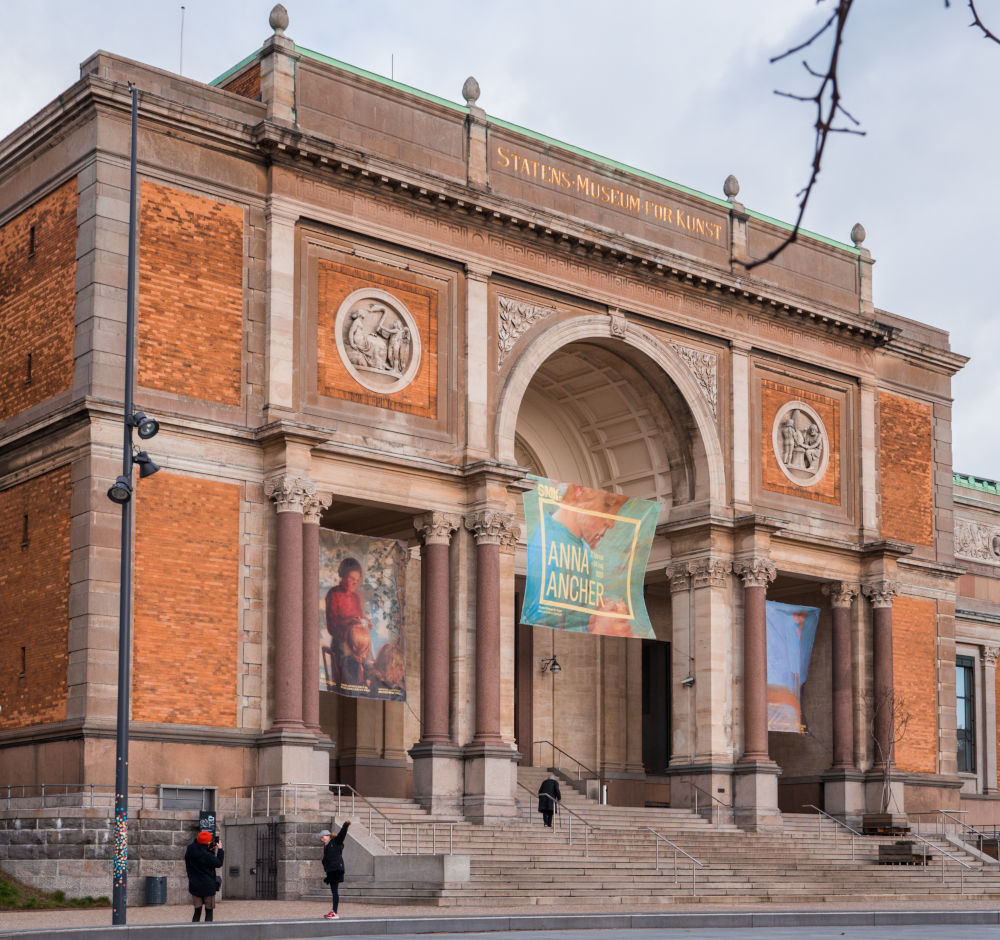
In the late 1700s, during the French Revolution, the Russian Tsar Paul I, son of Catherine the Great and Peter III, founded the League of Armed Neutrality to facilitate free trade with France for Russia, Prussia, Sweden, Denmark and Norway. The British Government deemed this to be a hostile act, which threatened the Royal Navy’s supremacy over the French fleet. On 2nd April 1801, under the command of Admiral Sir Hyde Parker, Vice Admiral Horatio Nelson led the Royal Navy’s main attack on the Danish-Norwegian fleet. Many of the Danish-Norwegian vessels were destroyed before a truce was reached.
Six years later, during the Napoleonic Wars, the British Government was anxious that Denmark might close the Baltic Sea to British vessels with the possibility of French troops arriving in Sealand. In 1807, the Bombardment of Copenhagen began when the British fleet attacked the Danish/Norwegian fleet and the city was evacuated. Over a thousand buildings were destroyed by fire and the city suffered greatly. The Danes duly surrendered and the British retreated from Copenhagen.
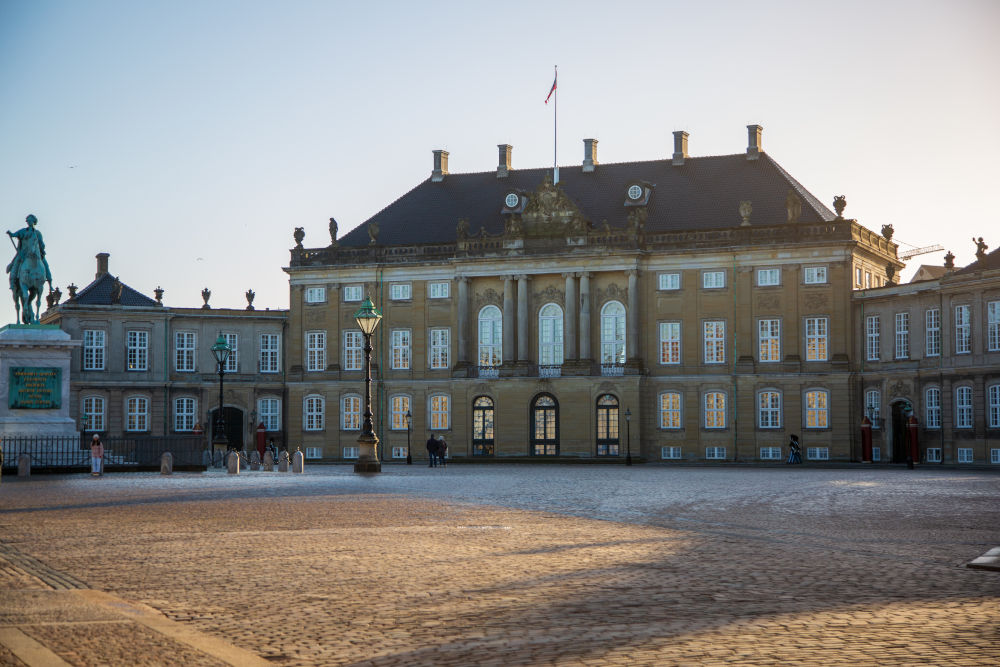
The Danish Golden Age began in the 19th century and Copenhagen was transformed with new buildings reflecting the Neoclassical style, and the arts flourished.
German Romanticism emerged and the works of Christoffer Wilhelm Eckersberg led the way. To view examples of Eckersberg’s works, including the magnificent 1841 masterpiece ‘A nude woman doing her hair before a mirror’ I hurried along to the Hirschsprung Museum on Stockolmsgade. The collection also features works by P.S. Kroyer and the enchanting ‘Summer day at the South Beach of Skagen’, completed in 1884, demands admiring glances from those in the room.
Later in the afternoon I felt the urge to embark on some retail therapy and ‘bag a bargain’. I headed for Strøget, one of Europe’s longest pedestrian streets crammed with international brands including Louis Vuitton, Mulberry and Prada and I browsed around the department store Magasin du Nord.
For special gifts to take home I was persuaded to purchase a wide array of goodies from the Royal Copenhagen Flagship Store, founded in 1775 and purveyor to the royal Danish court. Located on Amagertorv, the property is a charming three storey Renaissance house, which dates back to 1616. Displays of the finest porcelain figurines, gifts and dinnerware should entice even the most resistant to part with more than a few Krona!
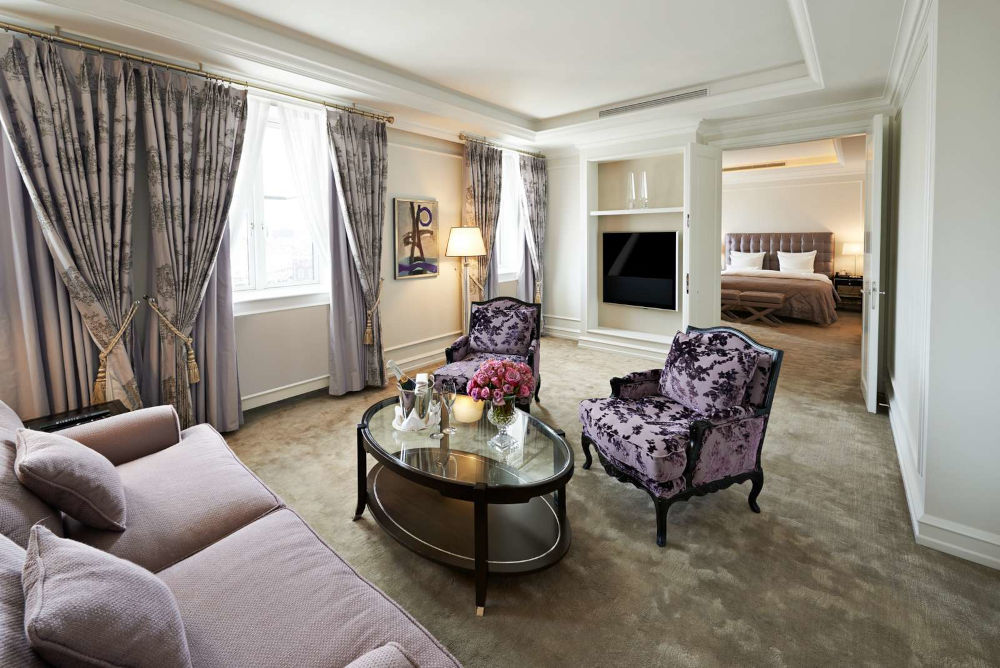
Weighed down with shopping bags and in need of some pampering I checked into the D’Angleterre hotel, which provides the highest level of comfort and service. Located on Kongens Nytorv, one of the city’s classic squares, this imposing hotel, established in 1755, is an historic landmark, which oozes with charm and sophistication.
I was escorted to a spacious and comfortable deluxe one-bedroom suite, which features elegant furnishings, plump sofas, luxurious drapes and a very grand bathroom. Hotel facilities include an urban spa, a fitness room and a swimming pool, which is the perfect place to unwind after a busy day.
Later that evening I headed for the hotel’s Balthazar champagne bar and whilst sipping on a glass brimming with bubbles I decided to dine ‘in house’ and made my reservation at Marchal, the hotel’s impressive restaurant, recipient of a Michelin star.
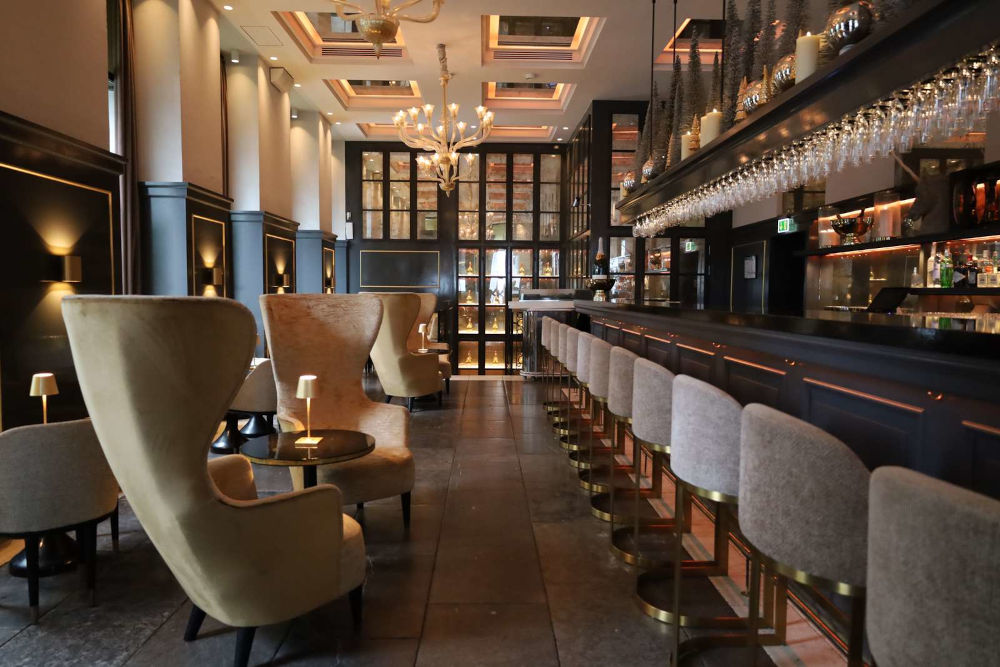
I sampled the delicious winter truffle ravioli with Jerusalem artichoke, gruyére and creamy truffle sauce and, accompanied by the 2015 Moët and Chandon, it was, quite simply, unforgettable.
After a deep slumber, a long lie-in followed by a rejuvenating shower and a first-class breakfast, I decided to take a leisurely stroll along the Langelinie promenade, the site of the Little Mermaid bronze statue by Edvard Eriksen. Based on the fairy tale by Danish writer Hans Christian Andersen, the Little Mermaid statue was unveiled in 1913 and has become an icon and a major tourist attraction, recognised worldwide.
As I took a breather beside the Little Mermaid the sea air filled my nostrils and I reflected on my explorations and suddenly the voice of Danny Kaye sang in my head ‘wonderful, wonderful Copenhagen, salty old queen of the sea’ .
Factbox
British Airways fly from Heathrow to Copenhagen with a flight time of around one hour, 55 minutes.
For details of the featured accommodation visit dangleterre.com.
Images (excluding accommodation and feature image) provided courtesy of copenhagenmediacenter.com.












